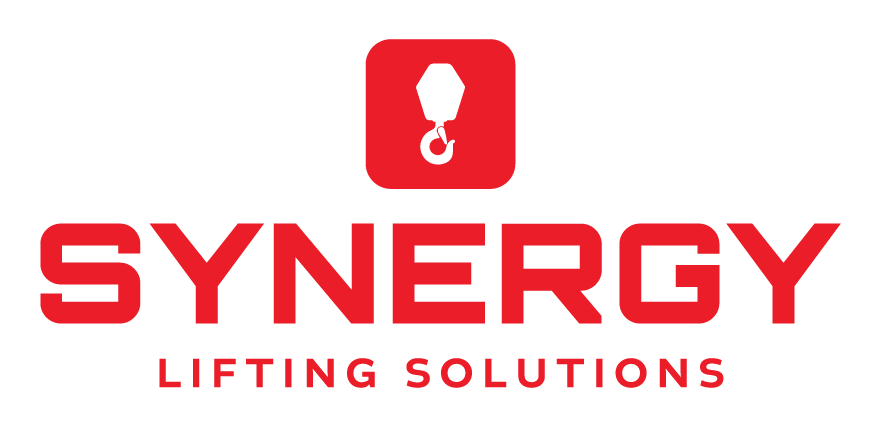Measured Building Surveys
Measured building surveys involve using a drone to capture data that is used to create accurate 3D models of buildings. This type of survey is particularly useful for architects, engineers, and construction professionals. A drone can capture high-resolution images of a building’s exterior and interior, providing detailed information about the structure’s dimensions, layout, and features. Measured building surveys are commonly used to create floor plans, elevations, and sections of a building. They can also be used to identify potential issues such as structural damage, leaks, or inadequate insulation.
Scan to Point Cloud
Scan to point cloud surveys involve using a drone to capture data that is processed into a 3D point cloud. A point cloud is a collection of data points that represent the surfaces of objects in a 3D space. This type of survey is commonly used in the construction industry to create accurate as-built models of structures. The point cloud data can be used to identify clashes between different building components, plan construction sequencing, and monitor progress. Scan to point cloud surveys can also be used in the environmental monitoring industry to create accurate 3D models of land and vegetation.
Scan to CAD
Scan to CAD surveys involve using a drone to capture data that is processed into a 3D model that can be imported into computer-aided design (CAD) software. This type of survey is commonly used in the construction industry to create accurate as-built models of structures. The CAD model can be used to identify clashes between different building components, plan construction sequencing, and monitor progress. Scan to CAD surveys can also be used in the manufacturing industry to create accurate 3D models of parts and products.
Topographical Survey
Topographical surveys involve using a drone to capture data that is used to create an accurate 3D model of the land’s surface. This type of survey is commonly used in the construction industry to create accurate site plans and topographic maps. The data captured by the drone can be used to identify potential issues such as soil erosion, drainage problems, and potential landslides. Topographical surveys can also be used in the environmental monitoring industry to create accurate 3D models of land and vegetation.
Area & Land Measurement Survey
Area and land measurement surveys involve using a drone to capture data that is used to calculate the area and volume of a site. This type of survey is commonly used in the construction industry to calculate earthwork quantities, estimate material requirements, and monitor progress. Area and land measurement surveys can also be used in the environmental monitoring industry to calculate the amount of vegetation cover, monitor changes in land use, and estimate the volume of water in a lake or reservoir.
In Summary:
Drone surveys have transformed the way surveying is done, making it faster, safer, and more accurate. The different types of drone surveys can be used in various industries such as construction, agriculture, and environmental monitoring. Measured building surveys, scan to point cloud surveys, scan to CAD surveys, topographical surveys, and area and land measurement surveys are just a few examples of the applications of drone surveys. As technology advances, we can expect drone surveys to become even more versatile and play a more important role in construction, agriculture, and environmental monitoring.
DRONE SURVEYS – FREQUENTLY ASKED QUESTIONS
The cost of a drone survey varies depending on the type of survey and the size of the area being surveyed. Measured building surveys and topographical surveys are typically more expensive than area and land measurement surveys. Scan to point cloud and scan to CAD surveys may also be more expensive due to the processing required to convert the data into usable models. However, drone surveys are generally more cost-effective than traditional surveying methods due to the time saved and the accuracy of the data.
Drone surveys are highly reliable due to the accuracy of the data captured by the drone’s sensors. However, the reliability of a drone survey can be affected by environmental factors such as wind, rain, or poor lighting. Our operations team will always perform a risk calculation before any drone flying would take place. Additionally, the quality of the data can be affected by the skill and experience of the drone operator. It is important to choose a reputable and experienced drone survey provider to ensure the reliability of the data. All of our drone staff are fully-trained and possess high-level experience in the operation of drones for surveys.
Drone surveys produce a low level of noise compared to traditional surveying methods. However, the noise level can vary depending on the type of drone being used and the altitude at which it is flying. In general, drone surveys are much quieter than surveying methods that require heavy machinery such as bulldozers or excavators.
Drone surveys can save a significant amount of time compared to traditional surveying methods. For example, a topographical survey that would take several days using traditional methods can be completed in a matter of hours using a drone. Measured building surveys and area and land measurement surveys can also be completed much more quickly using a drone, allowing construction projects to move forward more quickly.
Drone surveys have a range of operational capabilities that make them useful in a variety of industries. Drones can fly at different altitudes and speeds, allowing them to capture data from different perspectives and at different resolutions. Additionally, drones can be equipped with different sensors such as cameras, lidar, or thermal imaging, allowing them to capture different types of data. This flexibility makes drone surveys useful in a variety of applications including construction, agriculture, and environmental monitoring.

